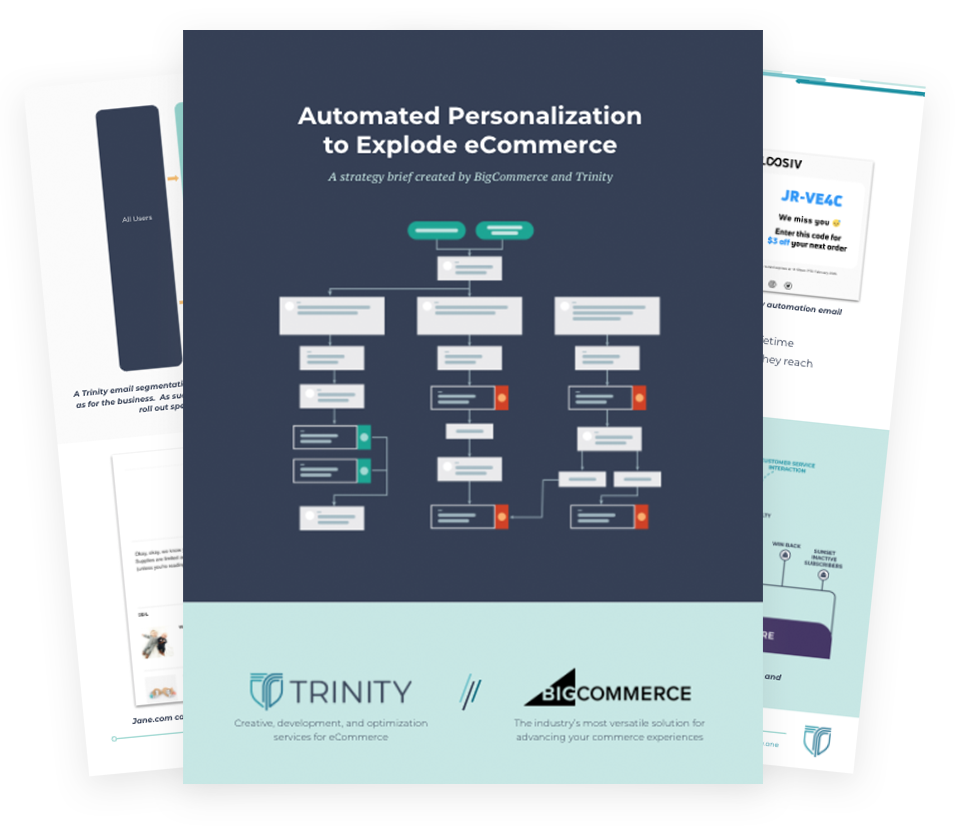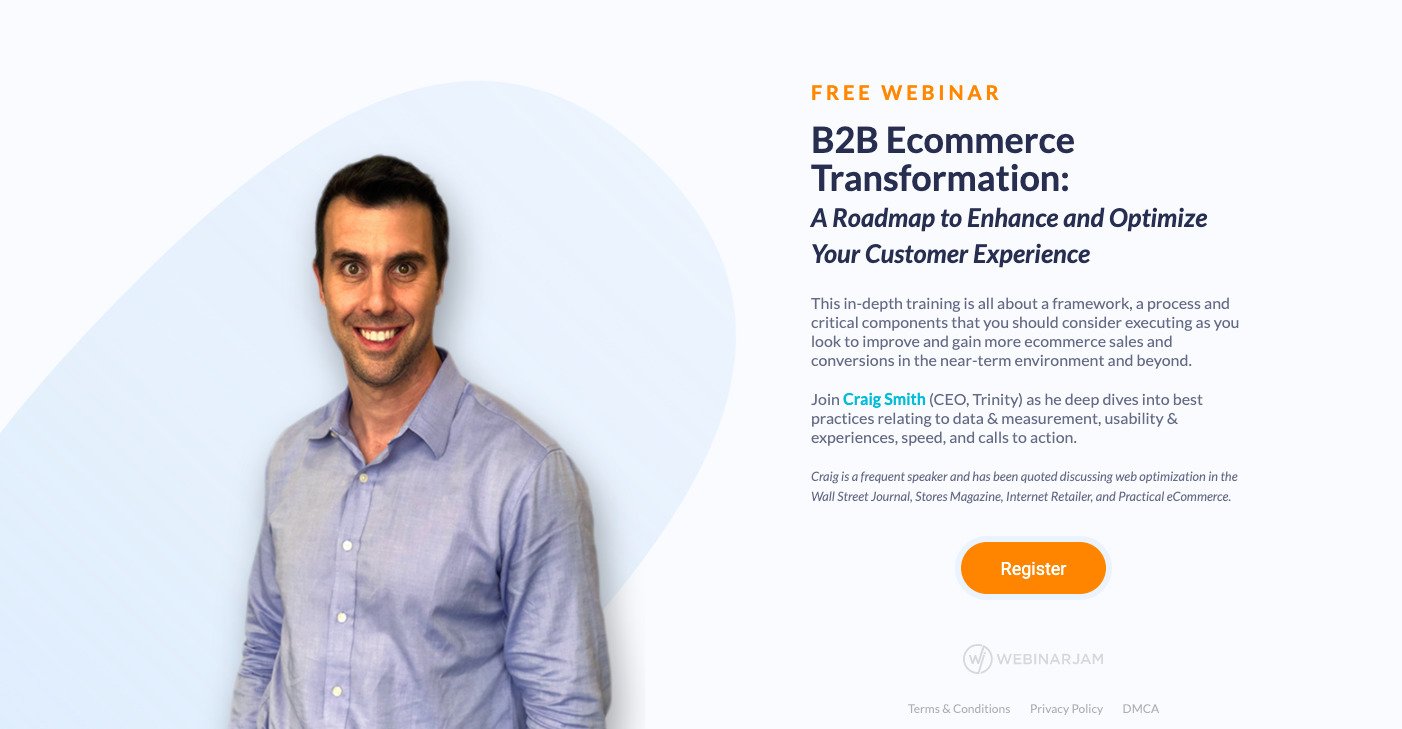Marketers tell us daily that their most difficult challenge is measuring the impact of their ad spend within the multi-click, multi-device user journey. Understanding the desire for the marketplace to have a more effective and accurate process to measure and optimize marketing spend, Google is releasing new tools to continue the level of sophistication among their customer base.
In October 2017, Google announced the beta launch of Google Attribution, a free product to better measure the impact of marketing efforts across various paths and channels. The search giant has been testing this tool with a few companies in a variety of industries with positive results. For example:
- Meal delivery service HelloFresh grew conversions 10 percent using the new model. Better data lead to better AdWords bidding adjustments that grew customers faster
- Google Attribution cut the CPA for the online marketplace Pixers and allowed them to roll out smart bidding for their online ads
Better insights mean smarter marketing choices. The Google team hopes to use its attribution tools to help customers allocate their budgets in a way that will make more customers convert. More conversions and a better marketing strategy mean you can do more with less of your marketing budget.
The Problem With Existing Attribution Models
Most marketers learn about three types of attribution models when they start exploring analytics: last-click, first-click, or linear.
Last click attribution says that the final channel a customer interacts with before buying is the one that closed the sale. However, other channels throughout the process are imperative to bringing customers to the buying processes.
Similarly, first-click channels shouldn’t receive all of the credit because the customer needed much more information before they were ready to buy. Both of these processes look at the customer journey and simplify it into a split-second decision.
The realization of these attribution imperfections has lead developers and marketing professionals to create data-driven attribution models that fully take the customer journey into consideration and apply values to the proper channels.
For example, a customer might see a Facebook post and click-through to the website, only to bounce. Then after seeing a series of retargeting ads, search for a brand, click on a branded ad on Google, and complete the purchase. While the Facebook post would receive partial credit for the awareness part of the buying process, the retargeting ads would receive a larger portion for selling the customer on the idea.
Google’s solution strives to use data-driven attribution to ensure marketers have a clear picture of the channels bringing in sales so teams can appropriately distribute their budgets for maximum revenue and enterprise value.
Weaknesses in Models Corrupt Data
The goal of Google’s Attribution solution is to create clearer insights that provide actionable data for marketers. Brand managers should be able to see where customers need information and provide smoother processes for buyers. Additionally, brands can remove waste in spending to increase their ROI and better stretch their marketing dollars.
There are two key problems that Google is hoping to address with its attribution tool: loss of data from multi-device buying paths and confusing multi-channel attribution. With these issues cleared up, the onus is on marketers to take the next step and improve their accounts.
Cross-Device Attribution
Cross-device attribution occurs when customers engage with a brand on one device (like a work laptop or smartphone on the train) but then convert on another device (like a desktop at home). Even in 2017, many customers prefer to buy via desktop, which can lead to unfair attributions to SEO, direct load, and PPC if cross-device efforts aren’t factored in.
The team at Clear Code shared some helpful statistics to understand the problems with cross-device tracking. As of late 2016, 61 percent of consumers that start their buying process via smartphone move to a different device. Furthermore, 40 percent of customers that start on a laptop or computer finish on a smartphone. Even brands with top-notch mobile experiences still have to contend with cross-device consumers.
Cross-Channel Attribution
The second issue that Google hopes to solve is cross-channel attribution. Their data-driven model answers the problems created by existing attribution models that unfairly give more or less weight to channels seemingly at random.
Marketers would be wise to embrace the customer journey instead of trying to convince customers to convert immediately every time they interact with their brand. According to Oracle, two-thirds of all shoppers interact with multiple channels before they convert. Furthermore, customers who interact with more than one channel have a 30 percent higher lifetime value than those who only touch one before buying.
When you take a step back, this makes sense: customers who subscribe to your mailing list and follow you on Facebook are likely to bring more revenue into your company in the long-run than those who don’t.
By creating a comprehensive view of the customer journey, marketers can see how their efforts really impact customers and take steps to communicate with them better.
How To Take Advantage
Marketers who are interested in testing Google’s new data-based attribution tool can apply for the beta program through this online form. The search giant plans to continue rolling out the beta to more companies over the next few months and eventually make it public to everyone.
To learn more about how Google Attribution can help grow your business and for a confidential discussion into your search and data challenges, contact us today to schedule a discussion with a member of our executive team.




